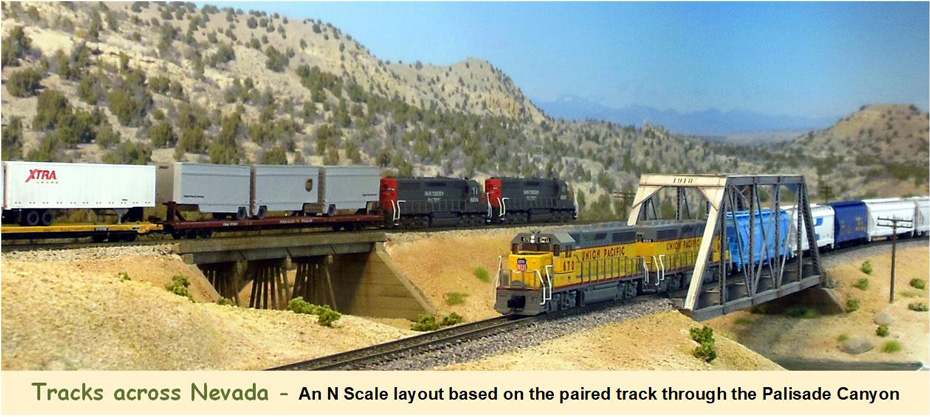The Southern Pacific Railroad was an early adopter of the use of Microwave communications in it's operations. During my modeled eras this would have been in use with microwave relays on many mountain tops along the line and towers at important stations. I wanted to include this on my layout and decided that the operations center at Carlin yard would be an ideal place to start.
To make the microwave antennas I punched a bunch of disks from .020 thick styrene scraps. Then stacked them together until I got the thickness I wanted.
For the tower itself I had originally planned to use the kit from BLMA but those are no longer available. Then I remembered I had an old Miniatronics light tower from a past layout that had burned out lights and one of the shades missing so I used it. This tower is about 40 scale feet tall. The existing plug in structure on the bottom was used to secure the tower to a styrene tile base.
The tower actually looked better with the lights removed as the wires filled the inside and now the tower in more see through. The middle two vertical supports at the top of the tower were cut off. The disk stacks got a .035 hole drilled into one side and a .035 styrene rod cemented into that hole. That rod fit nicely into the existing holes on the remaining outer vertical supports and that is how the disks were mounted to the tower. A small equipment cabin was scratch built out of styrene and glued to the base next to the tower.
Here is what the assembly looked like after a bit of painting and weathering. I also added a radio antenna on the top of the tower. This would be for the VHF radio communications between the operations center and road crews and MOW crews. For antennas like this I use cat whiskers. We have 4 cats and every once in a while, I find a fallen whisker on the floor while cleaning house.
And here is the Microwave relay tower installed on the layout next to the operations center building in Carlin. I scraped away a bit of scenery and glued the tower base in place. When the glue had dried, I touched up the scenery around the tower base.
This was another one of those little scratch building projects where everything came from the scrap box that I enjoy doing.














